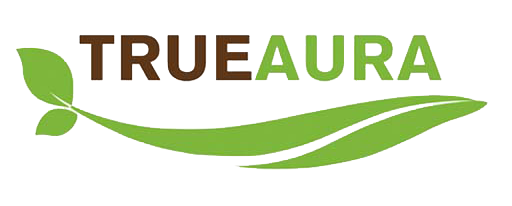Lettuce Planting Tips
Share
Basic Guide + Eating Method
- Easy to attract insects
- Fast growth, 40-50 days to harvest
- Prefers warm temperatures, but grows slowly in high heat
- Needs some light, but cannot be exposed to strong sunlight

01. When to Plant Vegetables?
- The general planting period for vegetables is from August to February of the following year. The best time to plant is between October and December. It can also be planted in March through July, but the growing period will be shorter and the yield will be lower.
02. How to Soak Seeds?
-
Vegetable seeds generally require about 10 days to sprout. The optimal temperature for sprouting is between 15-25°C. When temperatures exceed 25°C, the sprout rate significantly decreases. In natural conditions, seed sprouting is more difficult, so fresh soaking is required.
-
In spring, soak seeds in water at 25-30°C for 7-8 hours, then move them to a cooler temperature of 15-20°C to promote sprouting. When 80% of the seeds sprout, they are ready for planting.
-
In summer, a low-temperature soaking method can be used. For example, seeds can be hung in a well with water inside, as the temperature inside the well is relatively low, and the humidity is high, which can speed up sprouting.

03. Soil Selection
- Vegetables prefer slightly acidic soil with a pH value of 5-7. The soil should be loose and well-drained. If you want seeds to sprout quickly, you can add organic matter to the soil, which will greatly benefit the growth of the seeds.
04. Sowing and Seedling Care
- Vegetable seeds are small and light. To ensure even sowing, sow them in fine soil, about 0.5-1 cm deep, and cover them with a thin layer of soil. During seedling growth, it is necessary to maintain soil moisture, and ensure appropriate temperature conditions for faster germination.
05. Proper Seedling Spacing
- The process of removing excess seedlings is called "thinning." Thinning at the right time can avoid overcrowding of seedlings, ensuring proper light exposure and moisture distribution, which is beneficial for healthy growth. During the seedling period, it’s important to maintain soil moisture. The seedlings should be spaced 2-3 true leaves apart for proper thinning, with a distance of 5-8 cm between the plants.

06. About Transplanting
- Lettuce can be transplanted when it has 5-6 true leaves. Water thoroughly before transplanting, then move it with its roots into a larger container. For leafy lettuce, maintain 15 cm between plants; for head lettuce, maintain 30 cm. Water thoroughly and place it in a shaded area for a week in summer until the roots have settled. After that, it can be placed in normal sunlight.
07. About Fertilizing
- Fertilize lettuce one week after transplanting, using mature organic fertilizer. Apply another round of organic fertilizer or a nitrogen-phosphorus-potassium-based fertilizer two weeks and four weeks after transplanting. Stop fertilizing a week before harvest.
08. About Watering
- Lettuce loves moisture and requires adequate water throughout its growing period. Water twice daily during high temperatures, once in the morning and once in the evening, with moderate amounts. Avoid waterlogging, and during the early growth stages, control water supply while keeping the soil moist.

09. What Pests and Diseases Might You Encounter?
The main pests and diseases that affect lettuce include aphids, soft rot, downy mildew, and bacterial diseases. Among them, the risk of core rot and soft rot is relatively low. It is advisable to practice crop rotation, minimal tillage, and use mature organic fertilizers as the foundation. Apply mature organic fertilizer, ensure proper management, and reduce plant density. Increasing height and keeping the surface flat can help improve ventilation and reduce humidity. Prevent disease during early stages by cleaning the field and removing diseased plants in time. Deep tilling also helps prevent disease spread.
10. What Are the Nutritional Benefits of Lettuce?
Lettuce is a nutrient-rich, low-heat, high-fiber vegetable that contains various vitamins and minerals.
- Low Calorie: Each 100 grams contains 13 calories, making it suitable for weight loss or controlling body weight.
- High Fiber: It contains rich dietary fiber, which can promote bowel movement and prevent constipation.
- Vitamins: Rich in vitamins, lettuce strengthens immunity and benefits bone health.
- Minerals: Lettuce contains abundant minerals like iron, zinc, and copper, which help improve the body's blood circulation and bone health.
- Antioxidants: It contains various antioxidants, such as phenolic acids, which help protect cells from damage.
- Moisture: Lettuce has a high water content and aids in hydration, benefiting kidney health.
11. Different ways to cook lettuce

